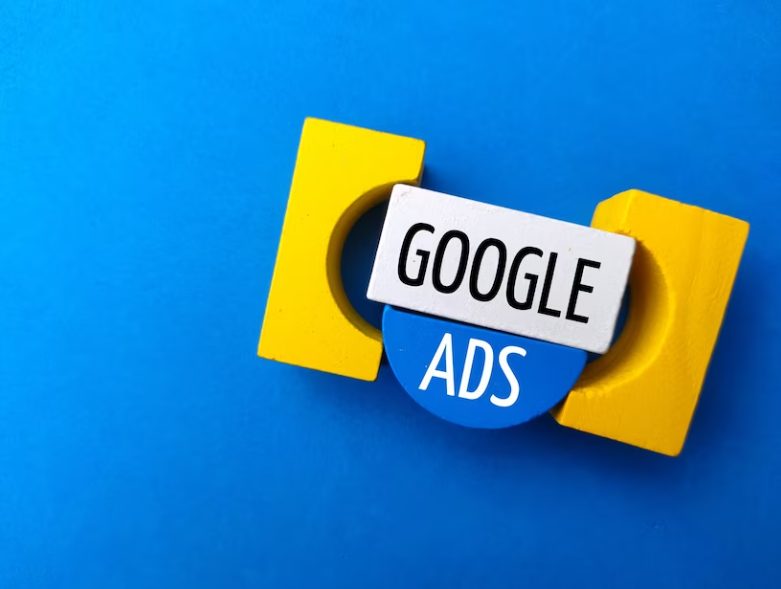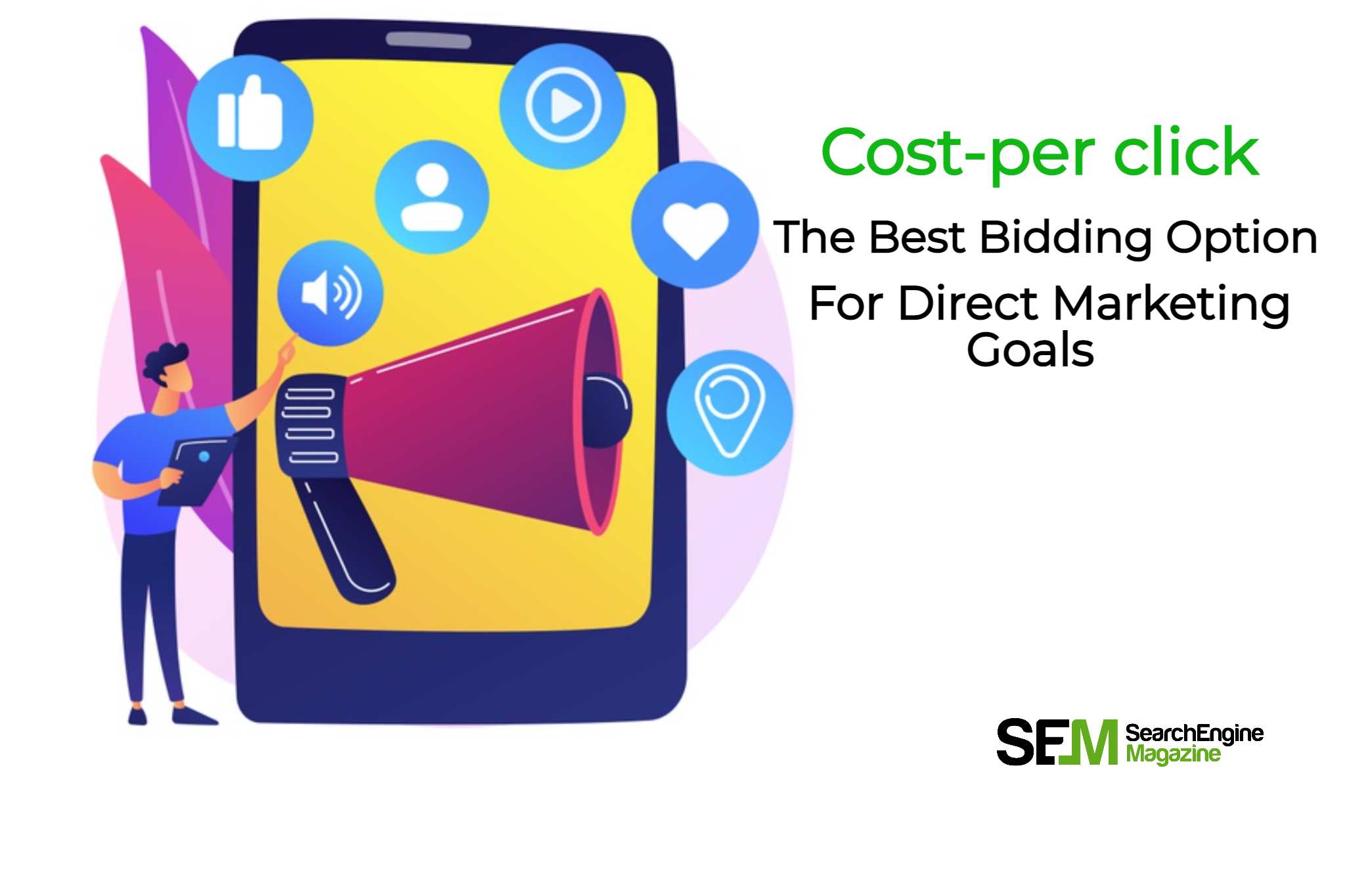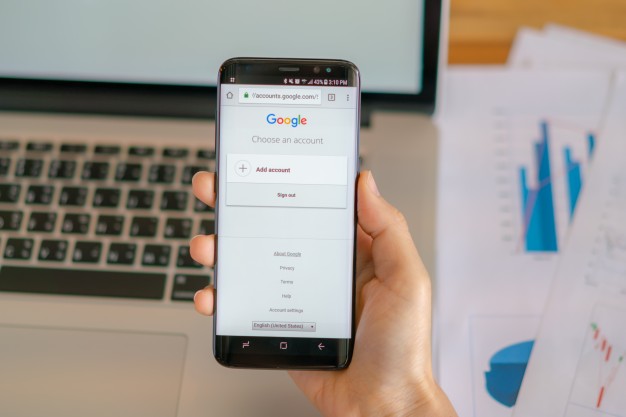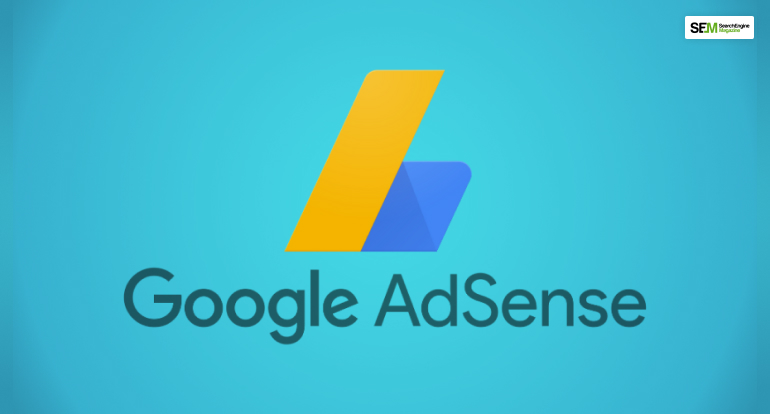Why Good Web Design Is Now A Core Ranking Factor?
Dec 29, 2025

Dec 29, 2025

Dec 26, 2025

Dec 26, 2025

Dec 26, 2025

Dec 24, 2025

Dec 24, 2025

Dec 23, 2025

Dec 23, 2025
Sorry, but nothing matched your search "". Please try again with some different keywords.


In today’s digital landscape, where competition for online visibility is fierce, optimizing your Google Ads campaign is paramount for achieving success in digital marketing. However, launching a campaign alone is not sufficient; careful optimization is required to maximize its effectiveness and return on investment (ROI).
This guide will explore practical strategies for optimizing your Google Ads campaign so you can enhance your campaign’s performance, reach your target audience more effectively, and achieve your marketing goals with greater efficiency.
Google Ads, previously called Google AdWords, is an extensive online advertising platform created by Google. It allows advertisers to pay for the display of short ads, service offerings, product listings, and video content, and to promote mobile app installations across its advertising network to internet users. The platform empowers businesses of all sizes, including professional digital agencies like Blennd, to showcase their advertisements throughout Google’s extensive network. This includes placements in search results, on websites, within videos, and across mobile apps.
Google Ads offers the following types of advertising options to cater to various business needs and marketing goals.
These are text-based ads that appear on Google search results pages. When users search for keywords related to your products or services, your ad can appear above or below the organic search results. This is highly effective for reaching potential customers actively searching for what you offer.
Display ads are visual advertisements that appear on websites within the Google Display Network. This network includes millions of websites, news pages, blogs, and Google sites like Gmail and YouTube. Display ads can be in the form of images, banners, and interactive ads, making them helpful in building brand awareness and retargeting users who have previously visited your site.
Shopping ads show users a photo of your product, a title, price, store name, and more. These ads appear when people search for products on Google or Google Shopping. Shopping ads are great for retailers as they provide detailed information that can help drive sales and direct traffic to your online store.
Video ads are shown on YouTube and across the Google Display Network. They can appear before, during, or after a video is played. This type of ad is effective for engaging users with compelling video content, increasing brand awareness, and dynamically promoting products or services.
App ads are designed to promote mobile applications across Google’s entire suite of advertising platforms, including Google Search, Google Play, YouTube, and the Google Display Network. With App campaigns, you can encourage users to install your app or take specific actions within your app.
Local ads are designed to drive traffic to physical store locations and appeal to users searching for products or services near them. These ads can appear on Google Search, Google Maps, and the Display Network, featuring directions, business hours, and available products or services to attract local customers.
Smart ads use Google’s machine learning to optimize your ads’ performance automatically. By setting your advertising goals and letting Google’s AI handle the rest, Smart campaigns adjust your bids, audiences, and ad placements to maximize your results with minimal manual management.
Discovery ads are displayed within Google’s ‘Discover’ feature, recommending content to users tailored to their interests. These ads can also appear on YouTube’s home feed and in Gmail, offering a visually rich, mobile-first way to connect with potential customers.
Before heading over to a highly-reputable Adwords agency – Digital Nomads HQ – understand that optimizing your Google Ads campaign is crucial for enhancing its performance, increasing your ROI, and reaching your target audience more effectively. So, here are several strategies to ensure your Google Ads campaigns are optimized for the best possible outcomes:
Before launching your Google Ads campaign, it’s essential to establish specific goals that align with your overall business objectives. Whether you aim to drive website traffic, generate leads, increase sales, or promote brand awareness, defining clear and measurable objectives will provide a roadmap for your campaign’s success. By setting achievable goals from the outset, you can track progress more effectively and optimize your efforts accordingly.
At the core of every effective Google Ads campaign is thorough keyword research. Utilizing tools like Google’s Keyword Planner allows you to identify relevant keywords and phrases that potential customers are searching for. However, it’s not just about selecting popular keywords; it’s crucial to prioritize relevance. Choosing keywords that closely align with your products or services increases the likelihood of attracting qualified leads and improving campaign performance overall.
Compelling ad copy is essential for capturing the attention of potential customers and enticing them to click on your ads. Effective ad copy must highlight your unique selling points, such as competitive pricing, product features, or exclusive offers. Additionally, including a clear and persuasive call-to-action (CTA) prompts users to take the desired action, whether it’s making a purchase, signing up for a newsletter, or requesting more information.
Ad extensions provide additional information and opportunities for engagement within your ads, enhancing their online visibility and effectiveness. By incorporating extensions like sitelinks, callouts, and structured snippets, you can provide users with more relevant information upfront, increasing the likelihood of clicks and conversions. Tailoring ad extensions to align with your campaign goals and audience preferences can further improve performance and drive better results.
Your landing page serves as the gateway to conversions, making it crucial to optimize for both relevance and usability. Aligning your landing page content with the ad’s messaging ensures an ideal user experience and increases the likelihood of conversions. Additionally, optimizing landing pages for speed, clarity, and mobile responsiveness enhances user satisfaction and encourages action, ultimately improving campaign performance.
Monitoring keyword performance is essential for optimizing your Google Ads campaign effectively. By regularly reviewing performance data and adjusting bids for high-performing keywords, you can maximize your campaign’s return on investment. Bid adjustments allow you to allocate budget strategically, increasing visibility and competitiveness for keywords that drive conversions while minimizing spending on underperforming terms.
In addition to targeting relevant keywords, it’s equally important to exclude irrelevant search terms that may trigger your ads but are unlikely to result in conversions. Negative keywords allow you to refine your targeting and prevent wasted ad spending on irrelevant traffic. By identifying and excluding negative keywords through a thorough analysis of search query reports, you can improve campaign efficiency and focus your budget on more qualified leads.
Google Ads offers a variety of targeting options to help you reach your ideal audience more effectively. From demographic targeting based on factors like age, gender, and location to interest and behavior targeting based on user preferences and online activities, exploring different targeting options allows you to tailor your ads to specific audience segments. By segmenting your audience and delivering personalized messaging, you can increase relevance and engagement, ultimately driving better results.
Continuous testing and optimization are essential for maximizing the performance of your Google Ads campaign. A/B testing different elements of your ads, such as headlines, ad copy, and imagery, allows you to identify what resonates most with your audience and refine your messaging accordingly. Additionally, analyzing performance data and metrics enables you to make data-driven decisions about budget allocation, targeting strategies, and ad creativity, ensuring ongoing improvement and success.
Google Ads offers a range of automated bidding strategies designed to streamline bid management and maximize campaign performance. Enhanced CPC (Cost-Per-Click) and Target CPA (Cost-Per-Acquisition) are examples of automated bidding strategies that adjust bids in real time based on factors like device, location, and user behavior. By leveraging automated bidding, you can optimize bids more efficiently and effectively, freeing up time to focus on other aspects of campaign management and strategy.
Google Ads offers a comprehensive solution for reaching potential customers wherever they are online, making it an essential component of any digital marketing strategy. By harnessing the power of Google Ads, businesses can not only achieve their immediate marketing objectives but also lay the foundation for sustained growth and success in the digital landscape.
Read Also:
Ankita Tripathy loves to write about food and the Hallyu Wave in particular. During her free time, she enjoys looking at the sky or reading books while sipping a cup of hot coffee. Her favourite niches are food, music, lifestyle, travel, and Korean Pop music and drama.
View all Posts
Why Good Web Design Is Now A Core Ranking Fac...
Dec 29, 2025
The Quiet Arrival of True Color: How E-Ink Te...
Dec 26, 2025
Top 7 SEO Use Cases AI Automation Can Handle ...
Dec 26, 2025
Beyond SEO For Travel Agency: The Psychology ...
Dec 26, 2025
How To Get Verified On TikTok? Tips To Boos...
Dec 24, 2025

